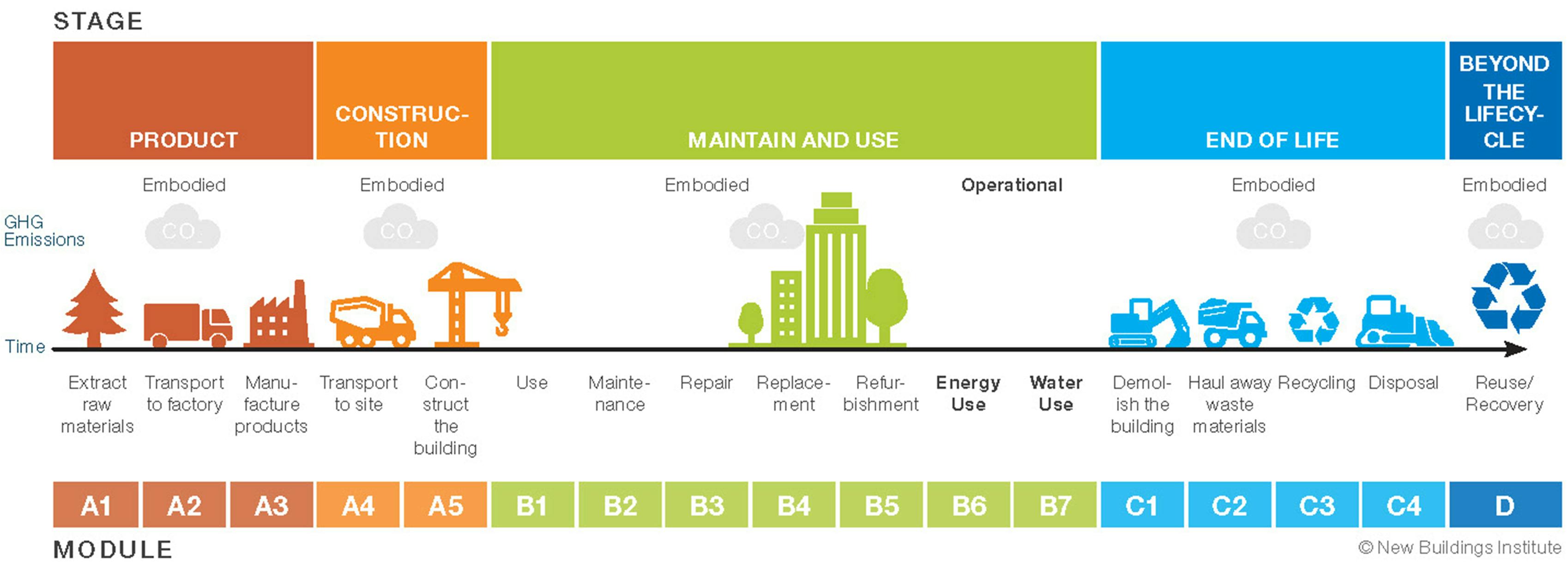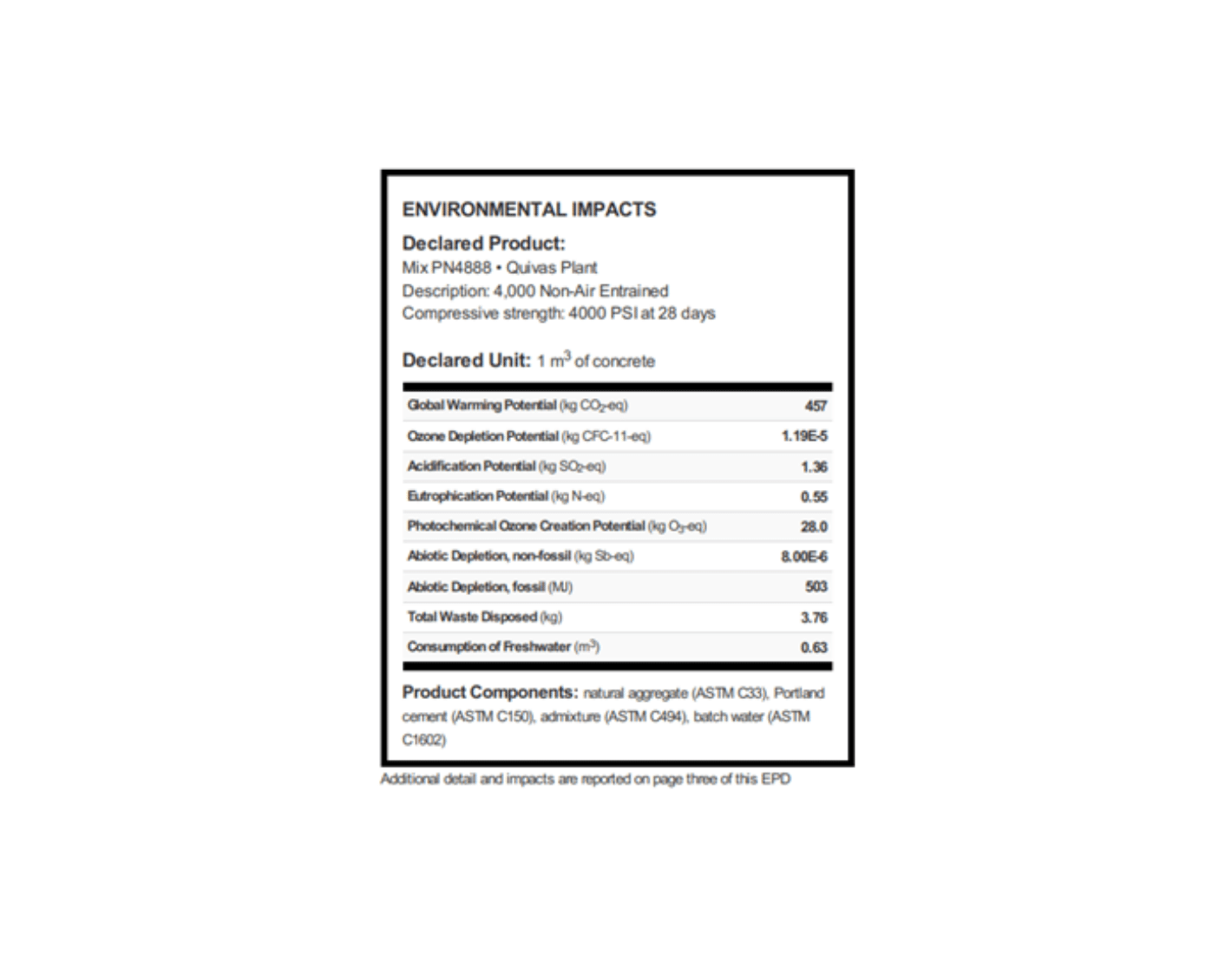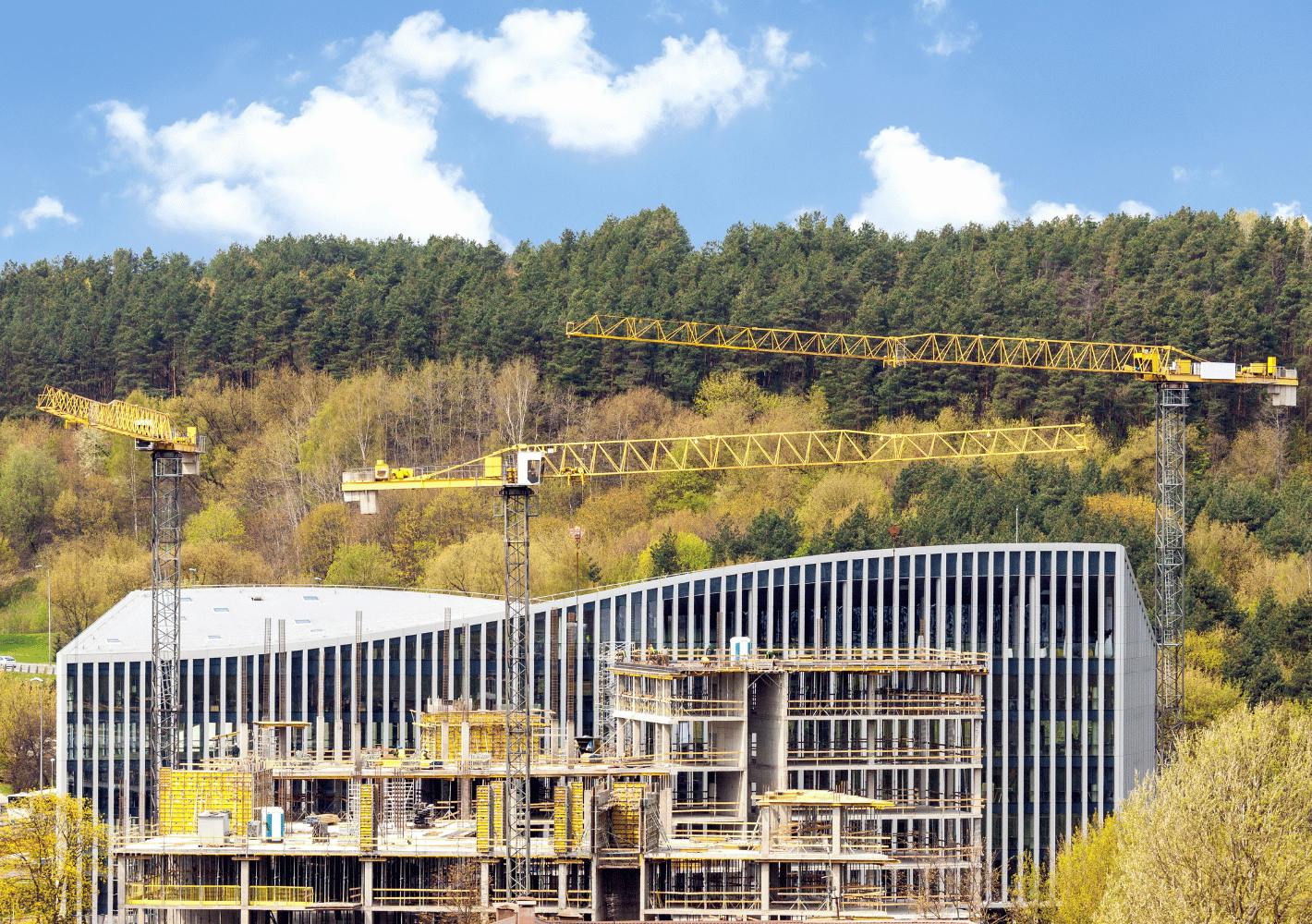Table Of Contents
- What is Embodied Carbon?
- Sources and Process of Embodied Carbon
- Difference Between Embodied Carbon & Operational Carbon
- Impact on the Environment
- What is the AECs Role in Reducing Embodied Carbon?
- Tools for Reducing Embodied Carbon
- Benefits of Carbon Reduction in Construction Projects
- Reducing Embodied Carbon for Climate Change
Table Of Contents
- What is Embodied Carbon?
- Sources and Process of Embodied Carbon
- Difference Between Embodied Carbon & Operational Carbon
- Impact on the Environment
- What is the AECs Role in Reducing Embodied Carbon?
- Tools for Reducing Embodied Carbon
- Benefits of Carbon Reduction in Construction Projects
- Reducing Embodied Carbon for Climate Change
What is Embodied Carbon?
Embodied carbon emissions are an inherent part of the lifecycle of buildings and infrastructure. These emissions encompass the carbon generated during the production, transportation, and disposal of construction materials. As buildings alone account for almost 40% of global carbon emissions, it is imperative that we address embodied carbon emissions as a critical part of our climate action strategy. The need to mitigate embodied carbon emissions is especially pressing given that these emissions are irreversible and long-lasting, persisting throughout the lifespan of the infrastructure. Therefore, proactive measures to reduce embodied carbon must be implemented now to avoid the catastrophic effects of climate change and to achieve climate targets.

Sources and Process of Embodied Carbon
The sources of embodied carbon in building materials and construction processes are numerous and complex. Some of the main sources include the extraction, processing, and transportation of raw materials (A1-A2), such as cement, steel, aluminum, and timber.
The manufacturing processes (A3) used to produce these materials also generate significant amounts of embodied carbon emissions. Additionally, the transportation (A4) of these materials to the construction site, the construction process (A5) itself, and the installation (B1) and maintenance (B2) of building systems and equipment all contribute to embodied carbon emissions.
Finally, the end-of-life disposal (C4) of building materials, including demolition and landfilling, also generates embodied carbon emissions. Overall, embodied carbon emissions in the building sector are a result of a combination of factors related to the production, transportation, installation, use, and disposal of building materials and systems.

Difference Between Embodied Carbon & Operational Carbon
Embodied carbon and operational carbon are two distinct types of carbon emissions in the built environment. As mentioned above, embodied carbon emissions are associated with the materials used in constructing buildings and infrastructure, and are generated during the manufacturing, transportation, installation, maintenance, and disposal of these materials.
On the other hand, operational carbon emissions are generated by the day-to-day energy consumption of buildings, including heating, cooling, and lighting. Operational carbon is typically measured in metric tons of CO2e per year, while embodied carbon is measured in metric tons or kilograms of CO2e per unit of material.
Reducing both embodied and operational carbon is essential to achieving climate goals and mitigating the impacts of climate change. While operational carbon can be reduced through energy-efficient building design and renewable energy systems, reducing embodied carbon requires changes to the materials and methods used in construction.

Impact on the Environment
Embodied carbon has a significant impact on the environment and is a major contributor to climate change. Cradle-to-site (A1-A5) stages of embodied carbon generate a significant amount of greenhouse gas emissions.
These emissions can contribute to the warming of the planet, the acidification of oceans, and the destruction of ecosystems. Sustainable construction practices seek to reduce the environmental impact of embodied carbon by using low-carbon or recycled materials, optimizing building design and construction processes to reduce waste, and minimizing transportation and energy use.
By reducing embodied carbon, sustainable construction practices can help mitigate the effects of climate change, conserve natural resources, and promote a healthier, more resilient built environment.
What is the AECs Role in Reducing Embodied Carbon?
The construction industry has a vital role to play in reducing carbon emissions. This can be accomplished using innovative materials and methods such as the adoption of low-carbon or recycled building materials, which can significantly reduce the carbon footprint of construction. Another strategy is to optimize the design and construction processes to reduce waste, energy use, and transportation emissions.

Environmental Product Declarations
Environmental Product Declarations (EPDs) provide comprehensive, standardized information on the environmental impact of construction materials. They are a valuable tool for reducing embodied carbon because they provide validated estimates for specific products in a way that is similar to a nutrition label, breaking down component and total environmental impacts, not just embodied carbon. These documents can be used to verify product compliance for standards, code requirements, and internal goals. They also provide design teams with a convenient way to compare, track, and calculate embodied carbon in conjunction with other design tools.
In addition, advanced digital design and modeling tools are helping architects and builders optimize building designs and construction processes to minimize waste and energy use. Ultimately, the construction industry has the potential to significantly reduce embodied carbon emissions through the adoption of new materials and methods, driving progress towards a more sustainable built environment. By adopting these innovative materials and methods, the construction industry can reduce the environmental impact of buildings and infrastructure, promote sustainable practices, and help mitigate the effects of climate change.
The AEC industry has created a number of commitments with a primary purpose to reduce carbon emissions, the main three being AIA 2030, MEP 2040, and SE 2050:
AIA 2030: The AIA 2030 Commitment “is an actionable climate strategy that gives us a set of standards and goals for reaching net zero emissions in the built environment.” The AIA asks firms and practitioners to sign on to the 2030 Commitment Letter in order to create accountability in sustainable design. The Commitment requires a Sustainability Action Plan and data reporting through the Design Data Exchange (DDx), and also provides signatory firms with educational resources to help achieve their goals.
MEP 2040: As a response to the CLF (Carbon Leadership Forum) Carbon Challenge in 2021, the MEP 2040 Challenge was built by a group of engineers in order to pursue a path to net zero in the MEP industry specifically. The challenge: “All systems engineers shall advocate for and achieve net zero carbon in their projects: operational carbon by 2030 and embodied carbon by 2040.”
SE 2050: The Structural Engineering Institute’s (SEI) commitment to net zero is titled SE 2050, and offers the following mission statement: The mission of the SE 2050 Commitment is to support the SE 2050 Challenge and transform the practice of structural engineering in a way that is holistic, firm-wide, project based, and data-driven. By prioritizing reduction of embodied carbon, through the use of less and/or less impactful structural materials, participating firms can more easily work toward net zero embodied carbon structural systems by 2050.
Tools for Reducing Embodied Carbon
Digital design and modeling tools that can help architects and builders optimize building designs and construction processes to minimize embodied carbon emissions, here are a few:
cove.tool's Embodied Carbon Feature, which allows AEC professionals to analyze the embodied carbon of a building design and make adjustments to reduce its carbon footprint. The power of analysis.tool now provides a complete carbon profile for your design projects from start to finish.
The Athena Sustainable Materials Institute is a membership-based non-profit research collaborative bringing LCA tools to the construction sector. Athena has two desktop applications, the Impact Estimator and the EcoCalculator, which helps teams conduct LCA for their projects.
The Tally application for architects and engineers working in the Revit software to quantify the environmental impact of building materials for whole building analysis as well as comparative analyses of design options.
The Embodied Carbon in Construction Calculator (EC3) tool, is a free and easy-to-use web-app that helps benchmark, assess and reduce a building's embodied carbon. The EC3 Tool is not a full LCA tool as it is only focused on the upfront supply chain emissions of construction materials (Stages 1-3). The EC3 tool was incubated at the Carbon Leadership Forum (CLF) to create one of the largest digital databases of building materials.
One Click LCA is a cloud-based LCA software that can be used to evaluate the environmental impact of building designs and products, including embodied carbon emissions.
These tools can help architects and builders make informed decisions about building materials, construction methods, and design strategies to reduce embodied carbon emissions and promote sustainability in the built environment.

Benefits of Carbon Reduction in Construction Projects
Reducing embodied carbon in construction can yield significant benefits, both in terms of cost savings and improved building performance. By using low-carbon or recycled building materials, builders can reduce the environmental impact of construction and promote sustainable practices. This, in turn, can lead to cost savings over the lifespan of the building through reduced energy and water consumption, improved indoor air quality, and increased occupant comfort and well-being. By optimizing the design and construction processes to reduce waste, builders can also minimize construction costs, reduce project timelines, and improve the overall quality of the building. Additionally, by reducing embodied carbon, builders can help mitigate the effects of climate change, protect natural resources, and promote a healthier, more resilient built environment for future generations.

Reducing Embodied Carbon for Climate Change
The reduction of embodied carbon in the construction industry is essential for mitigating the impacts of climate change and achieving climate targets. The sources of embodied carbon are numerous and complex, encompassing the entire lifecycle of buildings and infrastructure.
While operational carbon can be reduced through energy-efficient building design and renewable energy systems, reducing embodied carbon requires changes to the materials and methods used in construction. The adoption of low-carbon or recycled building materials, optimization of design and construction processes, and the use of environmental product declarations are all promising strategies for reducing embodied carbon.
By reducing embodied carbon, the construction industry can yield significant benefits, including cost savings, improved building performance, and a more sustainable built environment. Proactive measures must be implemented now to address embodied carbon emissions and avoid the catastrophic effects of climate change.